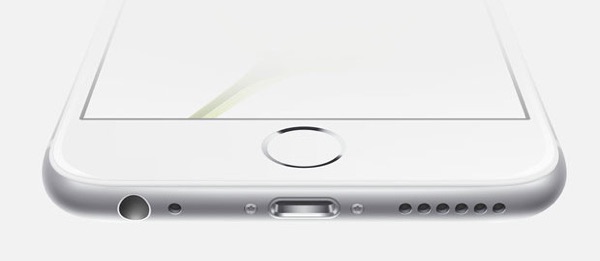The presentation of the iPhone 7 certainly can not be defined exactly imminent, but the fact remains that his arrival, as is traditional for each new iPhone, continues to be one of the most discussed topics of the web. Try to outline the contours of a new iPhone, questioning the way in which Apple will try to take another step forward to what is its flagship model, as well as one of the most popular and talked-about smartphone is undoubtedly a challenging topic for employees to works and simple home users. Recently, they have multiplied the confirmations of the alleged will of Apple to revise the hardware equipment by removing the headphone jack and allowing the user to connect exclusively through Lightning connector or Bluetooth connectivity.
A recent report published by two analysts of Barclays, Blayne Curtis and Christopher Hemmelgarn, this fact confirms, adding further details on the audio sector of the terminal. The most logical stemming from the elimination of the headphone jack, the source suggests, is to replace it with a second loudspeaker. In iPhone 6 / 6s headphone jack and speaker are located on the bottom edge. Removing the jack and inserting a second speaker would be created a sterofonico system with positive effects from the purely aesthetic point of view, thanks to the edge with perfectly symmetrical elements. To manage the second speaker, Apple would have provided for the integration of a second amplifier provided by Cirrus Logic.
A recent report published by two analysts of Barclays, Blayne Curtis and Christopher Hemmelgarn, this fact confirms, adding further details on the audio sector of the terminal. The most logical stemming from the elimination of the headphone jack, the source suggests, is to replace it with a second loudspeaker. In iPhone 6 / 6s headphone jack and speaker are located on the bottom edge. Removing the jack and inserting a second speaker would be created a sterofonico system with positive effects from the purely aesthetic point of view, thanks to the edge with perfectly symmetrical elements. To manage the second speaker, Apple would have provided for the integration of a second amplifier provided by Cirrus Logic.
The Barclays report closes with two more notes, a technology for noise cancellation. It will not be a real dynamic noise cancellation system, as the application of a basic digital codecs. For more sophisticated systems, according to analysts, you will have to wait for iPhone 7s. Last reference is the one that goes to the presence of Lightning headphones included in the scope of smartphone accessories. Apple users do not then call to make an additional payment by providing immediately supplied headphones that use the proprietary standard.
The Barclays report, of course, provides information that will need to be confirmed in the coming months, but, as said, the rumors on the revision of the iPhone audio sector are not isolated. More and more smartphone manufacturers equip their terminals with a dual speaker system and Apple would fill in this way the gap. The new iPhone is expected, tentatively, for September, but, as you can see, the swirl of rumor began several months before the submission date.

Comments
Post a Comment